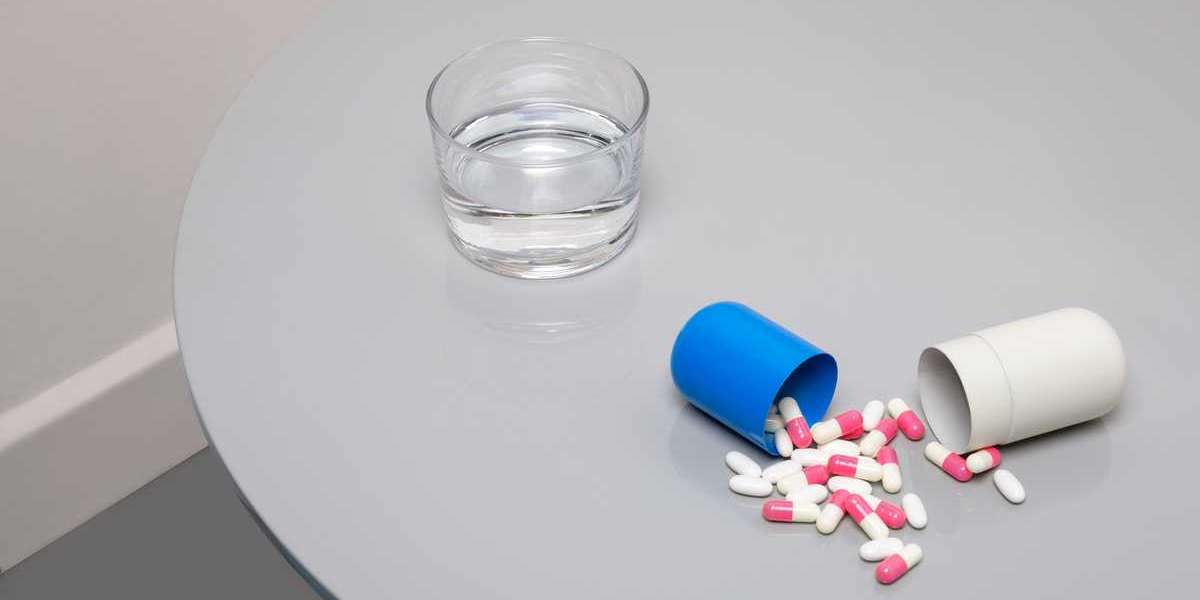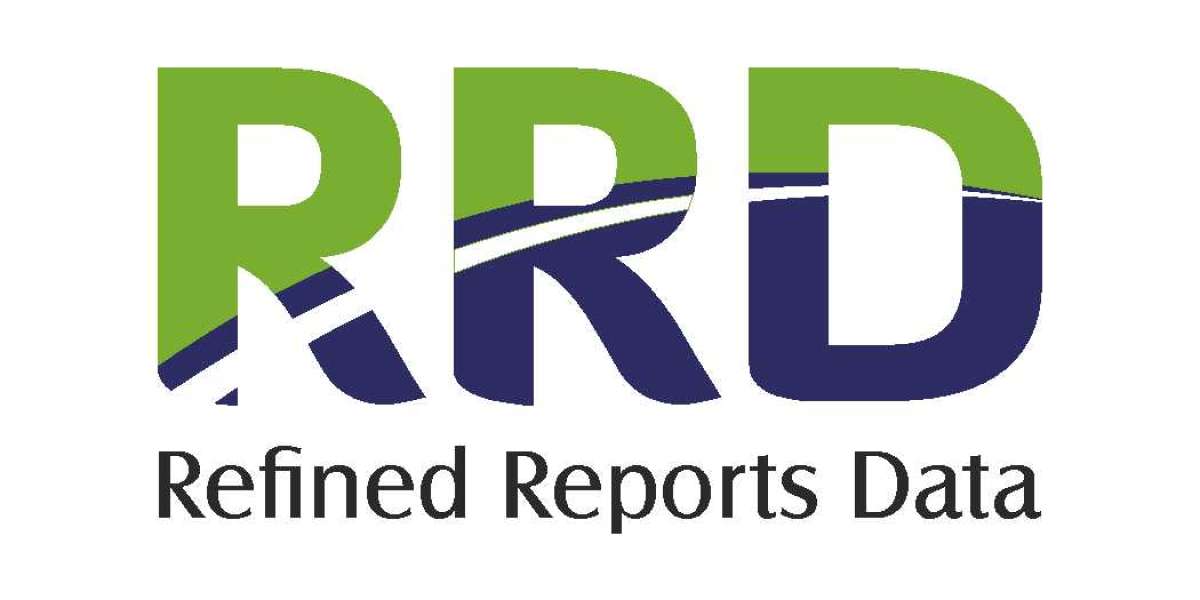The global 3D Printed Drugs Market is anticipated to be worth US$ 742.88 million in 2032, growing at a fantastic CAGR of 9.2% from 2022 to 2032. By the end of 2022, the target market is expected to create an estimated US$ 307.54 Mn.
Large-scale applications in the healthcare sector, as well as the rise in chronic diseases, will drive the 3D printed medicines market during the forecast period.
Get Complete Access @ https://www.futuremarketinsights.com/reports/3d-printed-drugs-market
The quick solubility and customizable aspects of 3D printed drugs augment the demand for the same in the international market. These drugs are produced by the help of powder bed inkjet printing by adding the drug’s components in a layer-by-layer format- similar to 3D printing for any other application. This process of production makes the medications easier to swallow and is advantageous for people suffering from dysphagia.
Moreover, 3D printing has the potential to fasten up the arrival of customized pharmaceuticals or the development of therapeutic blends. With the help of 3D printing, medications could be personalized for each patient, which will likely be more effective than batch-produced medications as they would be produced individually with consideration for that patient’s medical history. All of these considerations aid the growth of the 3D printed drugs market during the forecast period.
“A surge in the demand for customized medications will fuel the global growth of the 3D printed drugs market over the forecast period,” says an FMI analyst.
Key Takeaways:
- The inkjet printer technology segment will hold 24% of the 3D printed drugs market share by the end of 2022.
- The hospitals and clinics end-user segment will own about 45% of the overall market share.
- In 2022, the 3D printed drugs market in North America will account for 31.1% of the total market share.
- Europe’s 3D drug printing market will hold 29.9% of the market share in 2022.
- Immense potential for 3D printed drugs research will drive the Asia Pacific market to hold 27% of the overall market share in 2022.
Competitive Landscape
Hewlett Packard Caribe, Merck, Cycle Pharmaceuticals, AstraZeneca, Aprecia, Osmotica Pharmaceuticals, Aprecia Pharmaceuticals LLC Extend Biosciences, Bioduro, Affinity Therapeutics, GlaxoSmithKline Plc, and FabRx Ltd. among others are some of the major players in the 3D printed drugs market profiled in the full version of the report.
Key market players are focusing on product development and new product launches to meet the growing demand. These organizations also employ strategic partnership and collaboration tactics to gain a competitive advantage.
More Insights into 3D Printed Drugs Market Report
In its latest report, FMI offers an unbiased analysis of the global 3D printed drugs market, providing historical data from 2017 to 2021 and forecast statistics for 2022 to 2032. To understand the global market potential, growth, and scope, the market is segmented on the basis of the dosage form (3D printed tablets, 3D printed capsules, 3D printed multi drug implants, 3D printed nanoparticles, 3D printed solutions, other 3D printed drug dosage forms), technology (inkjet 3D printed drugs, direct write 3D printed drugs, zip dose 3D printed drugs, thermal inkjet 3D printed drugs, 3D printed drugs based on fuel deposition modeling, powder bed 3D printed drugs, stereolithography (SLA) 3D printed drugs, semi-solid extrusion (SSE) 3D printed drugs), and region.
According to the latest FMI reports, based on segmentation, the inkjet printer technology will gain momentum over the forecast period. This segment will likely account for 24% of the 3D-printed drugs market share in 2022. Owing to technological advancement inkjet printers are easier and more convenient to use. In terms of end use, hospitals and clinics are expected to be major contributors to the overall growth of the target market As easy installation and fewer waste fasten up the manufacture of 3D printed drugs in hospitals and clinics, these end users are predicted to hold 45% of the overall market share.
Based on region, the 3D printed drugs market in North America will exhibit impressive growth during 2022-2032. Increasing incidences of chronic diseases, an aging population, access to a well-established healthcare infrastructure are some of the factors that drive the target market in this region. Thus, the 3D printed drugs market in North America will account for 31.1% of the total market share in 2022. Besides North America, Europe and the Asia Pacific regions, too, will register considerable 3D printed drugs market growth during the forecast period.








